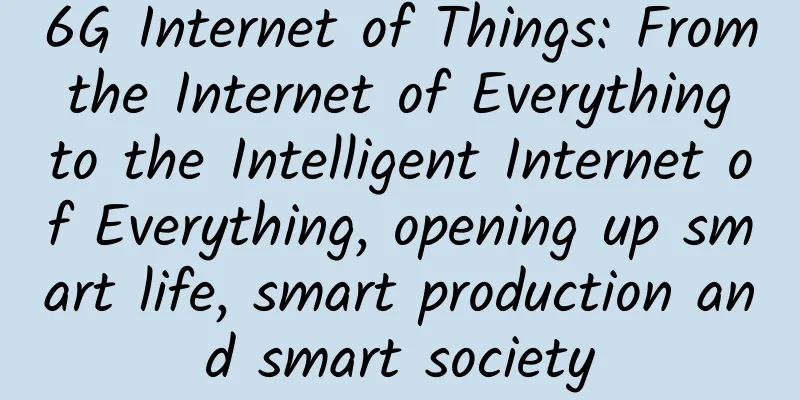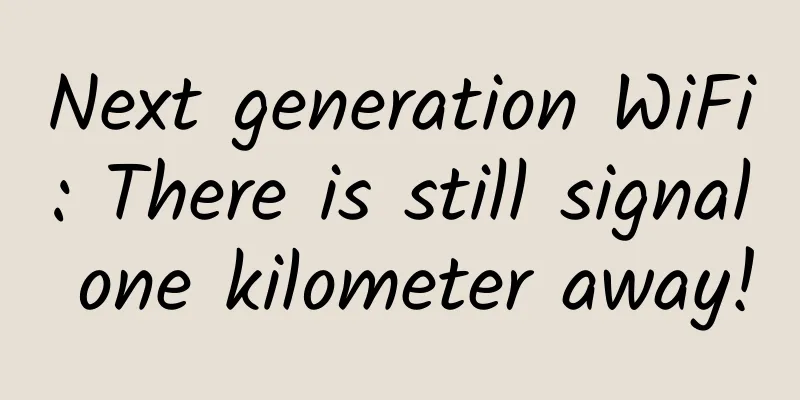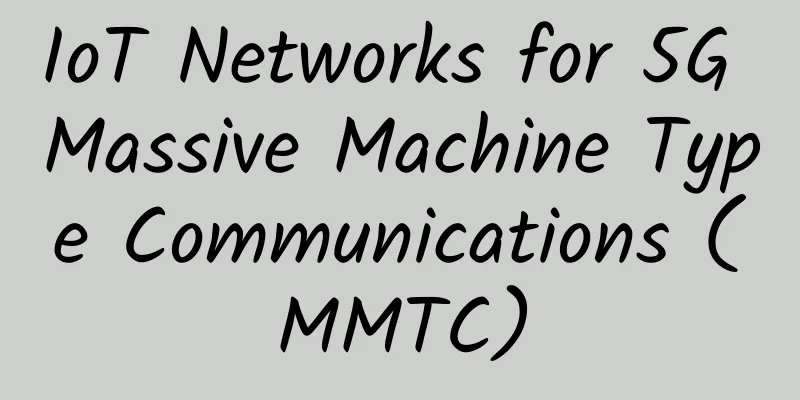Four trends will occur in the telecommunications industry in 2023

Greater emphasis on dataTelecommunications businesses such as T-Mobile, Globe Telecom and Telia use data and artificial intelligence (AI) to enhance customer experience and automate campaigns. However, there is still a lot of untapped potential in the industry. As third-party cookies are phased out, first-party data sources will become more valuable if they are managed with the customer’s best interests at heart. Telecom enterprises have a vast amount of data, but much of it is fragmented and isolated. For example, operational data is stored on multiple legacy technologies (such as 3G or 4G) and platforms, including operations support systems (OSS) and business support systems (BSS). In addition, many ISVs across the telecom value chain maintain their data in walled gardens. This makes it difficult to integrate, manage, and share data across the organization. A data mesh architecture can help unlock telecom data. A data mesh enables each domain-driven dataset to be viewed as a product and owned by a team that is familiar with the data. The data is then shared into a centralized catalog where it can be leveraged to deliver transformational business outcomes. The data mesh also ensures that business units have the right tools for the job. For example, it enables non-data scientists to build, train, and deploy machine learning (ML) models, increasing ML adoption across the organization, accelerating innovation, and enriching customer experiences. Sustainability and energy costs top the agendaAs energy costs rise, reducing usage and improving sustainability will be top of the agenda, and data-driven approaches can aid these efforts. According to a report by the European Telecommunications Network Operators Association, the global telecommunications industry accounted for 2.6% of the world's total carbon dioxide (CO2) emissions in 2020, higher than the aviation industry. According to GSMA Intelligence, energy consumption accounted for 15-40% of telecom operators’ operating expenses in 2021 and is expected to rise. For mobile network operators, the majority of energy consumption (60-75%) comes from the radio access network (RAN). Data traffic loads are intermittent, which means that different parts of the RAN can be briefly put into sleep mode, even during peak traffic periods, to reduce energy consumption. For example, a mobile network operator in Australia reduced power consumption by more than 7% simply by turning off the power amplifier symbol at one site, without causing any service degradation. By using data and AI/ML applications, telecom companies can use smart services to monitor and automate this process. Moving to the cloud can lead to further energy savings. Multiple studies conducted by 451 Research, an international analytics firm part of S&P Global Intelligence, have found that migrating on-premises workloads to AWS can reduce the workload’s carbon footprint by nearly 80%. We have already seen telecom companies begin to embrace the cloud, such as Vilma in Sweden, Spark in New Zealand, and DISH. In addition, innovations in 5G core processors can reduce energy consumption. For example, in Japan, NTT Docomo and NEC have reduced energy consumption by an average of 72% compared to existing x86 processors. As networks mature, more collaboration will boost the 5G ecosystemFor the past few years, we’ve heard promises of additional revenue from 5G, but have yet to see the windfall. 2023 will mark the beginning of a turning point. All major US carriers have deployed 5G nationwide. In Europe, 34 of 50 European countries have deployed 5G, and 14 in the Asia-Pacific region, according to another GSMA report. Devices are also catching up, with the top smartphones of the past few years supporting 5G. The final barrier to realizing 5G’s potential is the ecosystem—the cross-industry and cross-functional partnerships needed to create 5G services and reduce the barriers to building and managing 5G networks. Private wireless holds great promise for 5G industry use cases. IDC estimates that the private LTE/5G wireless TAM will reach $8.3 billion by 2026. But the technology’s adoption has been slower than expected, in part due to the high cost and complexity of planning, building, deploying, and managing private networks. By 2023, expect to see more telecom companies forming partnerships to increase adoption, like Verizon and Vodafone teaming up to accelerate edge computing. Transformation of Telecommunications EnterprisesThe fourth trend in the coming year will be the accelerated evolution of telecom companies into "technology companies", which will change the relationship between telecom companies and their customers and how they generate new revenue through operations. This shift has two aspects. First, telecom companies need to transform from connectivity providers to digital service providers, leveraging their networks to enrich their relationships with customers. For example, South Korea’s SK Telecom is transforming into an AI company. Switzerland’s Swisscom is expanding its value to customers by training technical and commercial staff to advise and consult on their cloud journey. Second, telecom companies will need to shift their operations to treating their network as a platform. This approach will provide a new way to monetize their network builds and create a new MVNO in a few days that can be profitable even with just 10,000 subscribers. Embracing all four trends will not be easy, as it will require employee upskilling and training and, more importantly, commitment from leadership. But telecom companies that make this shift will be better positioned to unlock new growth and adapt to innovation. |
<<: NGINX Sprint China 2022 Conference: Embracing open source to help modernize applications
>>: Three approaches to Bluetooth low energy development
Recommend
[11.11]80VPS: 50% off all VPS, special VPS annual payment starting from 199 yuan, multiple data centers in Hong Kong/US/Japan/Korea, etc.
80VPS also launched a promotion during the Double...
Three major dilemmas of big data
【51CTO.com Quick Translation】 Big data, as a set ...
Digital disruption is sweeping the world, with 92% of organizations saying they have a digital transformation strategy
Recently, Cisco, together with IDC and other auth...
Free and easy to use! This data recovery software found my video from two years ago
[[400280]] It is raining in Hangzhou today, and S...
Three tips for solving bandwidth issues in small government offices
In the wake of the pandemic lockdown, many govern...
Unified, standardized, and intelligent, Borei Data OneAlert helps reduce costs and increase efficiency in operation and maintenance
With the cloudification of IT infrastructure, the...
UUUVPS: 60 yuan/month-1GB/30GB/4M/Hong Kong CN2 line
UUUVPS is now holding a three-year anniversary ev...
SD-WAN architecture requires a new approach to network management
Software-defined networking (SDN) has become an i...
"Edge computing" has become the core keyword of 5G
How fast is 5G? The upgrade from 4G to 5G is comp...
Don’t just focus on 5G MEC, take some time to look at the MEC application scenarios in 4G
Mobile edge computing (MEC) has attracted a lot o...
What’s so special about Wi-Fi 6?
What is Wi-Fi 6? Wi-Fi 6 is the alias given by th...
South Korea pushes for independence of 6G core technology
After South Korea launched the world's first ...
It will take time for 5G cross-network roaming to become popular
On May 17, at the opening ceremony of the "2...
In the 5G era, edge computing is used to accelerate the development of interconnected manufacturing
In recent years, 5G and the Internet of Things ha...









![[11.11] RackNerd: $11.11/year - 1.11GB/11GB/3TB/San Jose and other data centers](/upload/images/67cac04b8f2b4.webp)